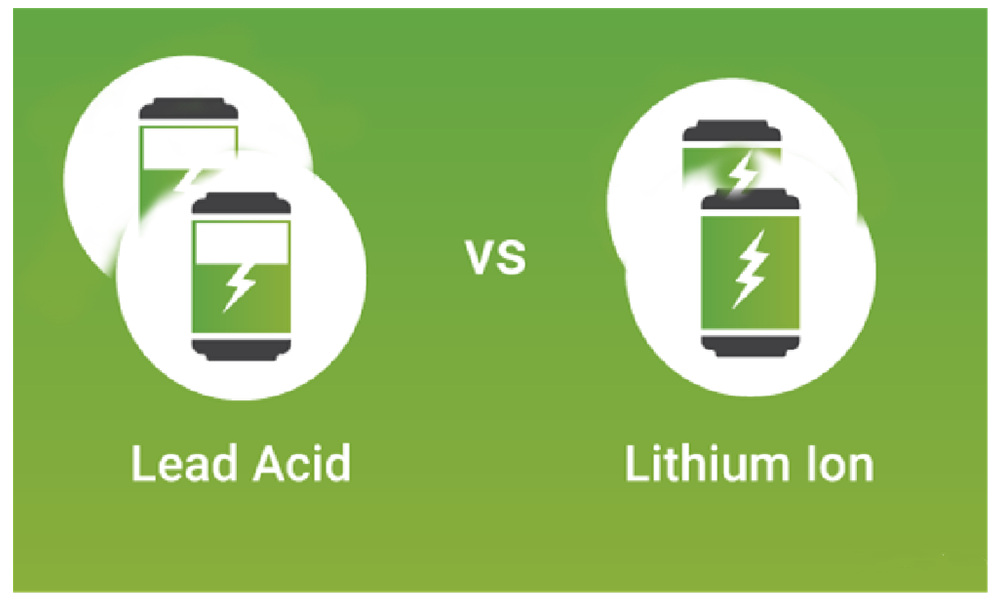.Overview of lithium ion batteries and lead acid batteries
.How li-ion and lead-acid batteries work
.Comparing li-Ion and lead-acid batteries
If you’re considering a portable power station or deep cycle battery or start/stop battery and so on, there are several types of batteries to choose from.
The above is the main idea of this article.
1. Overview of lithium ion Batteries and lead acid batteries
Lithium-ion batteries are one of the most popular types of batteries on the market today. They are frequently used in electronic devices like cell phones and laptops because they are lightweight and have a high energy density, meaning they can store a lot of energy in a small amount of space.
Lithium-ion batteries are also rechargeable, so you can use them over and over again.
Lead acid batteries are another type of battery that you might be familiar with. These are the kind of batteries that are often used in cars. Lead-acid batteries are heavier than lithium-ion batteries, but they are also cheaper to produce.
2. How do lithium ion batteries and lead acid batteries work
A lithium-ion battery is a type of rechargeable battery that uses lithium ions as one of its electrodes. Lithium ion batteries are common in electronic devices such as laptops and cell phones, and they have also been used in electric vehicles.
When the battery is being charged, the lithium ions move from the negative electrode to the positive electrode. When the battery is discharged, the lithium ions move from the positive electrode to the negative electrode.

Lead acid batteries are another type of rechargeable battery that is commonly used in electronic devices. Lead acid batteries use lead plates in a sulfuric acid solution as their electrodes.
Lead-acid batteries work by storing electrical energy in the form of lead sulfate on the plates. When the battery is being charged, the lead sulfate is converted back into lead.
3. Comparing lithium ion batteries and lead-acid batteries
Below, we’ll outline the important characteristics of each battery type to consider and explain why these factors contribute to the overall higher value of a lithium-ion battery system.
- cost
One category where lead-acid batteries seem to be superior to lithium-ion batteries is their cost. Lead-acid battery systems can cost hundreds or thousands of dollars less than similarly sized lithium-ion units, which currently cost anywhere from $5,000 to $15,000. Lead-acid batteries are generally less expensive to purchase and install, but lead-acid batteries have a high self-discharge rate.
- capacity
Comparing lithium-ion batteries and lead-acid batteries of the same capacity, lithium-ion batteries are lighter in size and charge faster. While capacity figures vary between battery models and manufacturers, lithium-ion battery technology has been shown to have a much higher energy density than lead-acid batteries.
- depth of discharge
The depth of discharge of a battery is the percentage of the battery that can safely drain energy without damaging the battery. Data shows that frequent use of 85% or more of the total capacity of Li-ion batteries is very common. But lead-acid batteries should not be discharged by more than about 50%, as doing so will negatively affect the life of the battery. However, the former also needs to consider the use environment of lithium-ion batteries.
- efficiency
Its efficiency is proportional to the depth of discharge. There are products such as portable power stations in lithium-ion batteries. This kind of use efficiency can achieve a long-term use number without degradation. However, it depends on the number of certain electronic devices to determine how long it can be charged.

